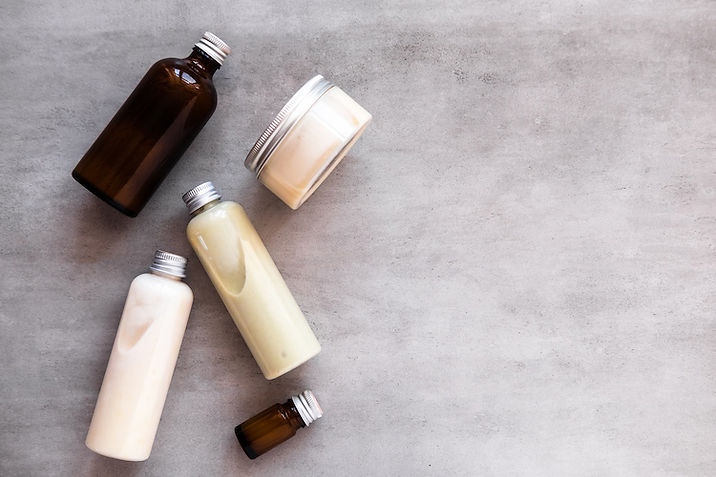Learn more about rosacea.
Rosacea is a type of chronic inflammatory condition affecting the face. It is characterised by flushing, broken capillaries called telangiectasia, papules and pustules. The associated redness tends to be persistent but it can fluctuate in intensity. In very severe cases of rosacea and particularly in men, rhinophyma can occur. Rhinophyma is characterised by a large, red, bumpy or bulbous nose due to thickened skin and enlarged sebaceous glands.
What causes rosacea?
Rosacea usually affects people between the ages of 30 and 60 and is more common in people with fair skin, blue eyes and Celtic backgrounds. Rosacea is not related to acne, despite sometimes having papules and pustules which might look like acne. The cause of rosacea is not completely understood, but it is thought to be due to a combination of genetic, environmental, vascular and inflammatory factors. Chronic sun exposure also plays a part, as does your body's own immune system. Diet does not appear to play a role in rosacea. Some medications can make rosacea worse, which is why it is best to have it managed by a medical professional.
Clinical Features:
Rosacea is limited to the face and scalp and tends to occur in four sequential phases: pre-rosacea, vascular, inflammatory and late.
-
The pre-rosacea phase is characterised by persistent flushing, often associated with an uncomfortable stinging feeling. Common triggers for flares include sun exposure, stress, extremes of weather, alcohol, exercise, spicy foods or cosmetics. The flushing continues throughout the other phases.
-
In the vascular phase, patients often develop erythema and swelling of the face (oedema), and this is when the telangiectasias tend to appear. Telangiectasias look like little spider-shaped blood vessels.
-
The inflammatory phase tends to follow, which is associated with the appearance of papules and pustules often leading to rosacea being mistaken as acne vulgaris.
-
The late phase of rosacea occurs in some patients and is characterised by the development of rhinophyma.
Rosacea can also affect the eyes in what is termed ocular rosacea. This may be the first symptom that a patient experiences or it may occur at the same time as facial rosacea. Ocular rosacea is characterised by conjunctivitis, blepharitis (eyelid inflammation), keratitis (corneal inflammation), swelling and redness of the eye.
Rosacea Vs Acne Vulgaris:
Rosacea can often be confused with acne due to the similar lesions that appear during the inflammatory phase. However, the two conditions are not related. Unlike acne vulgaris, rosacea is typically localised to the central face including the central forehead, cheeks, nose and chin. Acne affects the whole face and can also involve the neck, shoulders chest and back. Rosacea used to be named acne rosacea but that name is no longer used because of the confusion it caused. However, it is possible for someone to have both acne vulgaris and rosacea.
NOTE: Getting the right diagnosis is important because some creams will make rosacea worse!
What should you do?
Unfortunately, there is no cure for rosacea, but it can be well managed with topical and oral treatments. Another key element is avoiding the triggers that cause flares. Wearing SPF 30+ sunscreen is one of the best ways to avoid flares of your rosacea. Topical treatments for rosacea include azelaic acid and topical antibiotic cream such as metronidazole. In patients with multiple papules and pustules or in those with ocular rosacea, oral antibiotics may be indicated. That is where prescription skin comes in. We can customise your treatment based on the phase of rosacea that you are suffering with, the treatments you've tried in the past and the results you have seen. We can do all this while saving a visit to an expensive dermatologist. However, there are some treatments such as laser that require a dermatologist, and in these cases, we are happy to refer you to one if necessary.


